How thick is a hot rolled carbon steel sheet?
04-16-2024
Hot rolled carbon steel sheets are a common material used in various industrial applications, ranging from construction to automotive manufacturing. One of the most frequently asked questions regarding these sheets is about their thickness. The thickness of a hot rolled carbon steel sheet can vary depending on various factors such as the grade of steel, the rolling process, and the intended use of the sheet.
1) Standard Thickness Ranges
In fact, the thickness of hot-rolled carbon steel sheet is not fixed, but varies according to different uses and requirements. In general, the thickness of hot-rolled carbon steel sheets ranges from 1.2 mm to 25.4 mm. Among them, the thinner plate is usually used to manufacture pipes, containers, mechanical parts, etc., while the thicker plate is more used in buildings, Bridges, ships and other large engineering structures.
2) Factors Influencing Thickness Selection
Strength Requirements: The thickness of a hot-rolled carbon steel sheet is often determined by the level of strength required for a given application. Thicker sheets tend to offer greater structural integrity and resistance to loads and stress.
Weight Considerations: Thicker sheets naturally weigh more, which can affect transportation and handling costs. Lighter-weight sheets may be preferred in scenarios where weight is a critical factor, such as in aerospace or automotive applications.
Cost Efficiency: Thicker sheets often cost more than thinner ones due to increased material usage. Cost considerations play a significant role in selecting the optimal thickness for a given project.
Formability and Workability: Thinner sheets are generally easier to form and work with, making them suitable for applications that require complex shapes or intricate detailing.
3) High energy consumption and environmental costs in the production process
The production process of aluminum plate requires a lot of energy and environmental protection investment. Bauxite is melted, refined and other processes before it can be made into aluminum sheets. In this process, a large amount of electricity and heat energy are required, and the price fluctuations of these energy sources directly affect the production cost of aluminum sheets. In addition, aluminum plate production process will also produce certain pollutants, enterprises need to invest a lot of environmental protection costs to control these pollutants, which also increases the production cost of aluminum plate.
4) Applications of Different Thicknesses
Hot-rolled carbon steel sheets of different thicknesses find use in diverse industries. Thin sheets are commonly found in automotive parts, roofing, and appliance manufacturing, where they offer a good balance of strength and lightness. Medium-thickness sheets are typically used in construction, bridge building, and other structural applications where durability and load-bearing capacity are paramount. Very thick sheets, on the other hand, are often used in heavy-duty equipment, machinery, and other industrial applications where extreme strength and rigidity are essential.
5) The impact of international trade policy
As an important metal product, the international trade of aluminum plate is affected by the policies of various countries. In order to protect their own bauxite resources and aluminum plate industry, some countries have taken export restrictions, tariffs and other measures to limit the international trade of aluminum plate. These policies have led to a reduction in the global supply of aluminum sheets, which has further pushed up the price of aluminum sheets.
In short, the thickness of hot-rolled carbon steel sheet is a very important parameter, which needs to be determined according to the specific use environment and requirements. In the selection of hot rolled carbon steel sheet, in addition to considering the thickness, but also need to consider other performance indicators and surface quality and other factors to ensure that the selected material can meet the engineering requirements and use needs.







